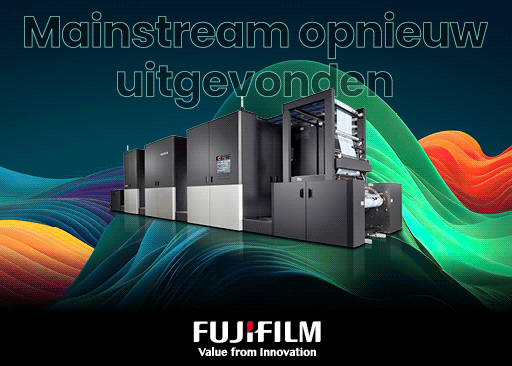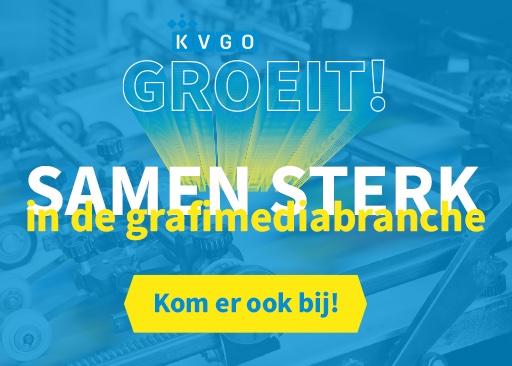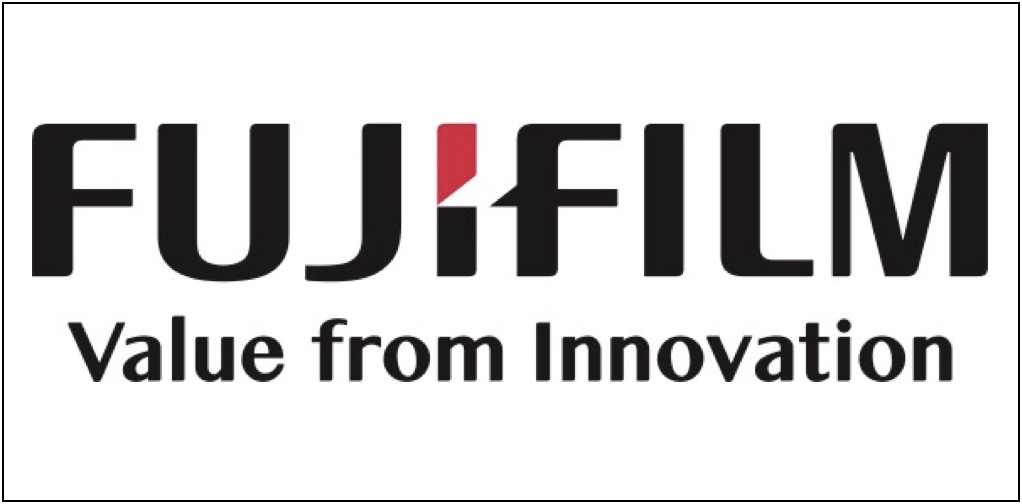Laurel Brunner: Data Basis
 The more we learn about environmental accountability, the more we realise that this is a massively complex topic. Everywhere we see clever ideas for improving the sustainability of the graphics industry, yet equally we see evidence of how far we have yet to go. How we progress as an industry, depends on how well we encourage companies to appreciate their environmental aspects, those things in the business likely to have an environmental impact. Only then can business owners and their customers start considering ways to make improvements. And this brings us to an interesting point: how does one quantify environmental aspects and impacts?
The more we learn about environmental accountability, the more we realise that this is a massively complex topic. Everywhere we see clever ideas for improving the sustainability of the graphics industry, yet equally we see evidence of how far we have yet to go. How we progress as an industry, depends on how well we encourage companies to appreciate their environmental aspects, those things in the business likely to have an environmental impact. Only then can business owners and their customers start considering ways to make improvements. And this brings us to an interesting point: how does one quantify environmental aspects and impacts?The obvious answer is to do a Life Cycle Analysis, but what should the basis of such an analysis be? Is it the business, its products, its manufacturing processes? Where do you start? These questions take us into the realm of eco labels, which are awarded to confirm that a company meets strict environmental criteria. In order to be certified to a label such as the Nordic Swan or the Blue Angel, a full audit of every aspect of the business is required. To achieve certification the company has to be able to prove that it meets strict and prescribed environmental requirements, requirements specified by the eco label authority and owner. In the case of print for example, the Nordic Swan label can only be applied to printed matter that Nordic Swan says has “environmentally-friendly properties”. So far so vague.
The other difficulty for graphics professionals is that going for an eco label is extremely expensive. There is a massive industry underlying the quantification of environmental impacts and the certification of compliance to a particular label. This is part of the reason for sceptism on the part of printing company owners, that combined with a lack of alternatives. Printing and publishing professionals do not have tools to help them achieve eco label criteria. There are no documents explaining what they need to know about their business in order to qualify for an eco label. We see the need for some sort of environmental declaration specific to graphics technologies and graphics production.
Such a framework document would define the data requirements for assessing the environment impact of the organisation and of its products. The document would also outline the aspects of prepress, printing, post-press and process control that need to be considered, plus their environmental impacts. The document would also outline requirements for data accuracy, allocation, certainty, transparency, and so on. This tool would not specify how data should be collected, but rather what data should be gathered. Once collected, organised and fully reported, the data for an environmental declaration could be used as part of an eco labeling evaluation. This ought to encourage the graphics to further improve its environmental impact, and at a lower cost.
Laurel Brunner
The Verdigris project is an industry initiative intended to raise awareness of print’s positive environmental impact. It provides a weekly commentary to help printing companies keep up to date with environmental standards, and how environmentally friendly business management can help improve their bottom lines. Verdigris is supported by the following companies: Agfa Graphics, EFI, Epson, Fespa, HP, Kodak, Kornit,Ricoh, Spindrift, Splash PR, Unity Publishing and Xeikon.
De trainingen voor 2022 staan gereed. Kijk voor het volledige online aanbod van bestaande- en nieuwe trainingen op de website.
BLOKBOEK.COM EN PRINTMEDIANIEUWS: HET OPTIMALE DOELGROEP BEREIK






















